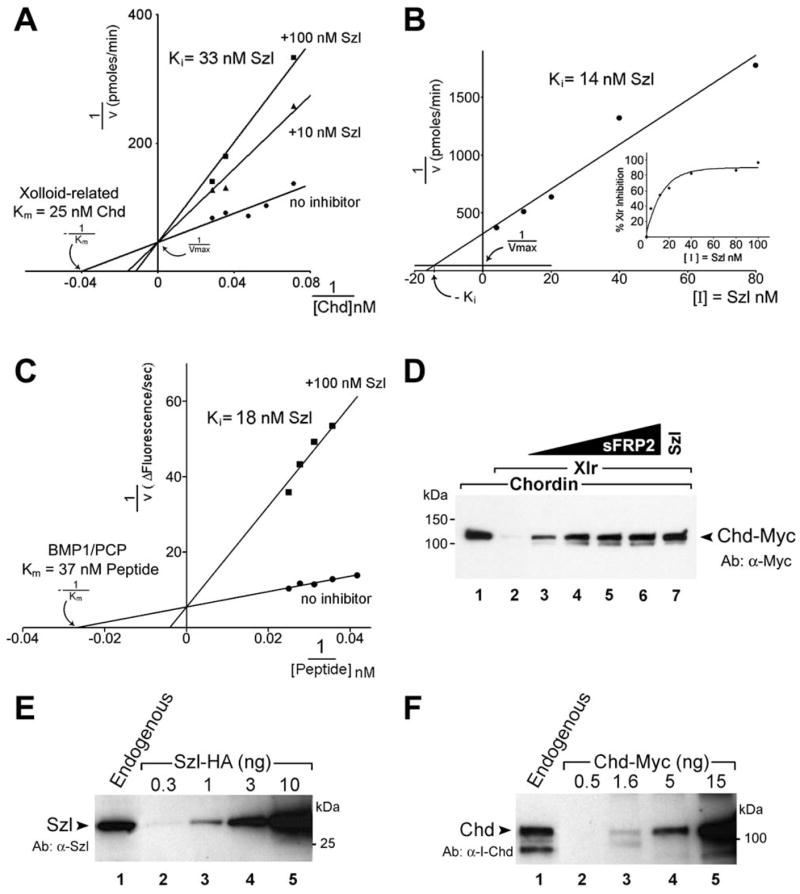Figure 6. Sizzled, Xlr, and Chordin Interact at the Physiological 10−8 M Range.

(A) Lineweaver-Burk double reciprocal plot showing chordinase activity of Xlr as a function of [substrate]. Michaelis constant Km was 25 nM. Szl (10 nM or100 nM) behaves as a competitive inhibitor of substrate digestion. The inhibition constant Ki was calculated at 33 nM.
(B) Dixon plot of data obtained by varying [inhibitor]. At Km=25 nM, −Ki corresponds to the [Inhibitor] that intersects at a height of 1/Vmax. Thus, Ki = 14 nM by this method.
(C) Lineweaver-Burk plot showing that Szl-Fc competitively inhibits the cleavage of fluorogenic heptapeptide by BMP1/PCP.
(D) The proteolytic activity of Xlr on Chordin substrate (lanes 1 and 2) can be inhibited by increasing concentrations of pure murine sFRP2 (lanes 3–6). Concentrations used were 3, 10, 25, and 50 nM sFRP2. Note in lane 7 that 40 nM Xenopus Szl-Fc had comparable activity.
(E) Endogenous Sizzled proteins secreted by seven dissociated embryos (lane 1) compared to a dilution curve of recombinant Szl-HA stained with affinity-purified Xenopus anti-Szl antibody.
(F) Endogenous Chordin protein secreted by seven embryos during gastrulation (lane 1) compared to a Chordin-Myc dilution curve stained with α-I-Chd antibody.
